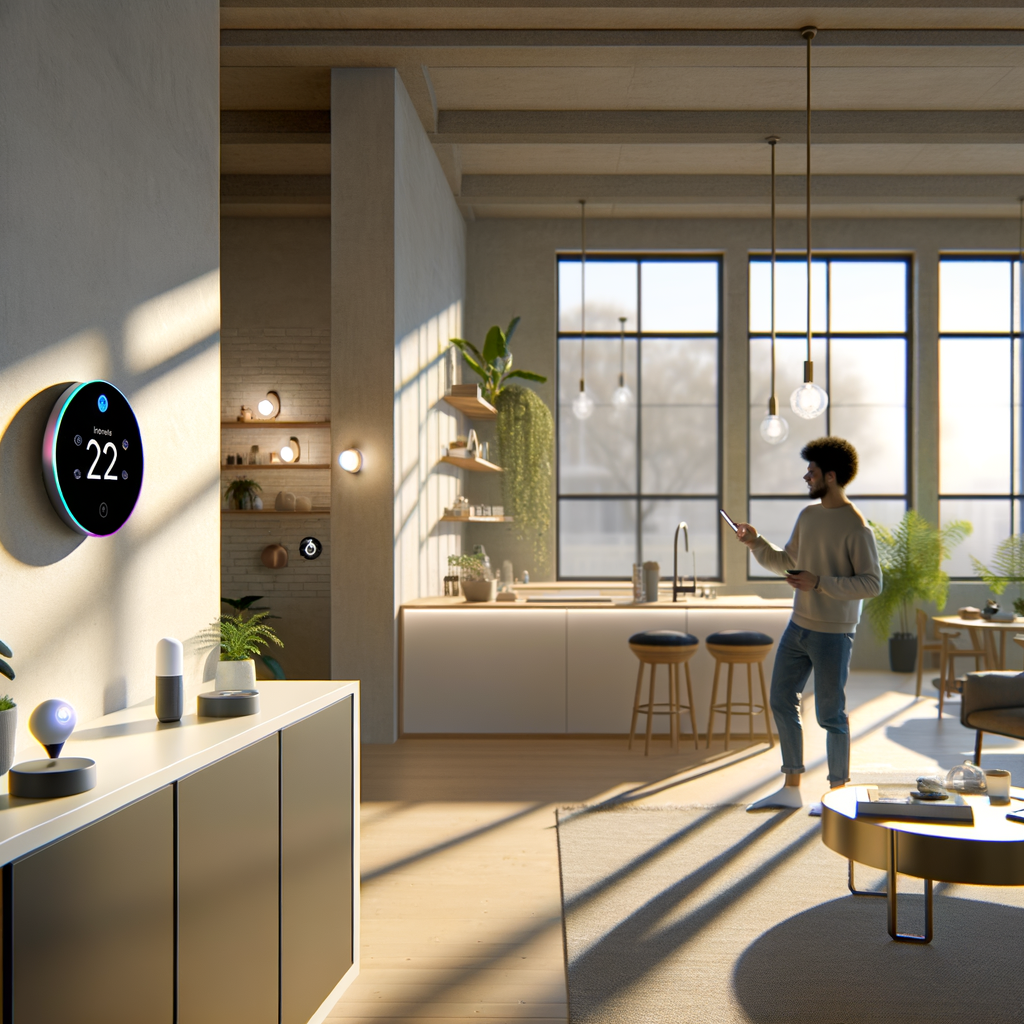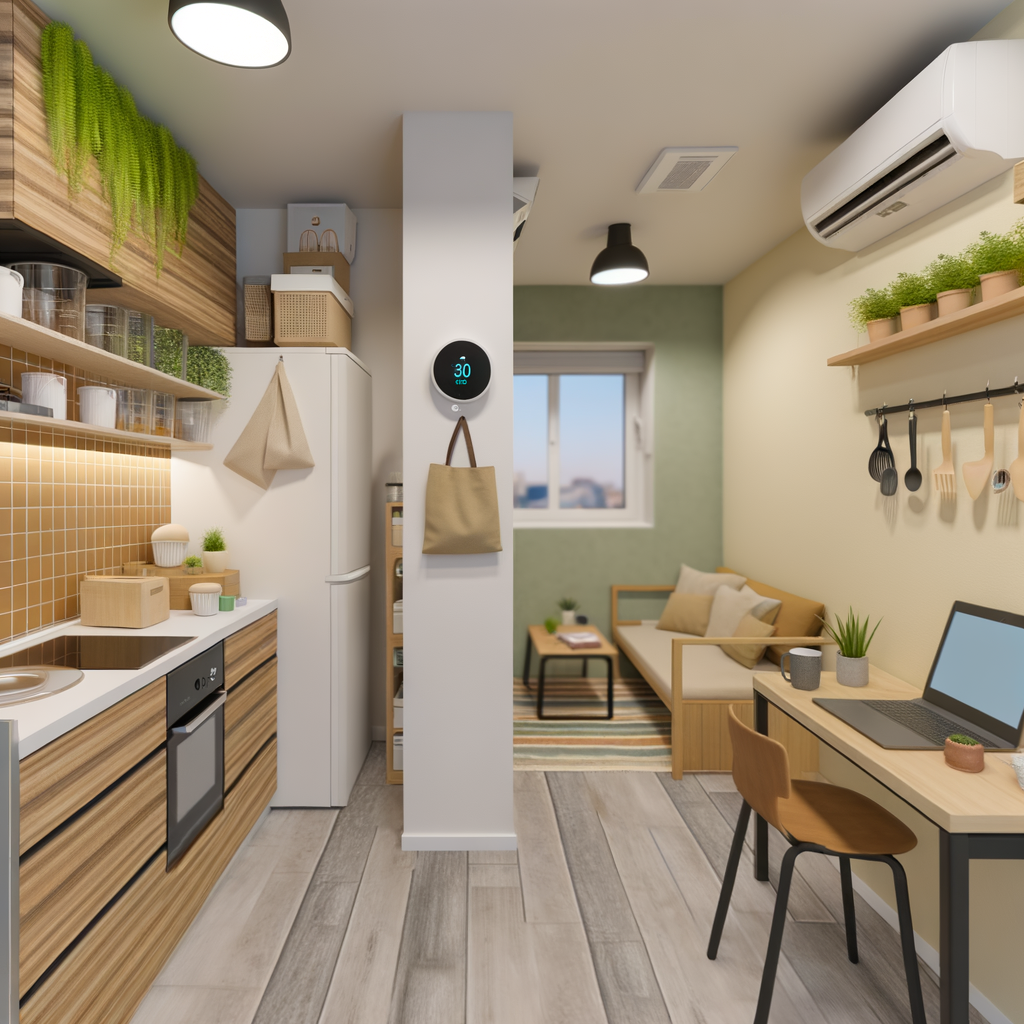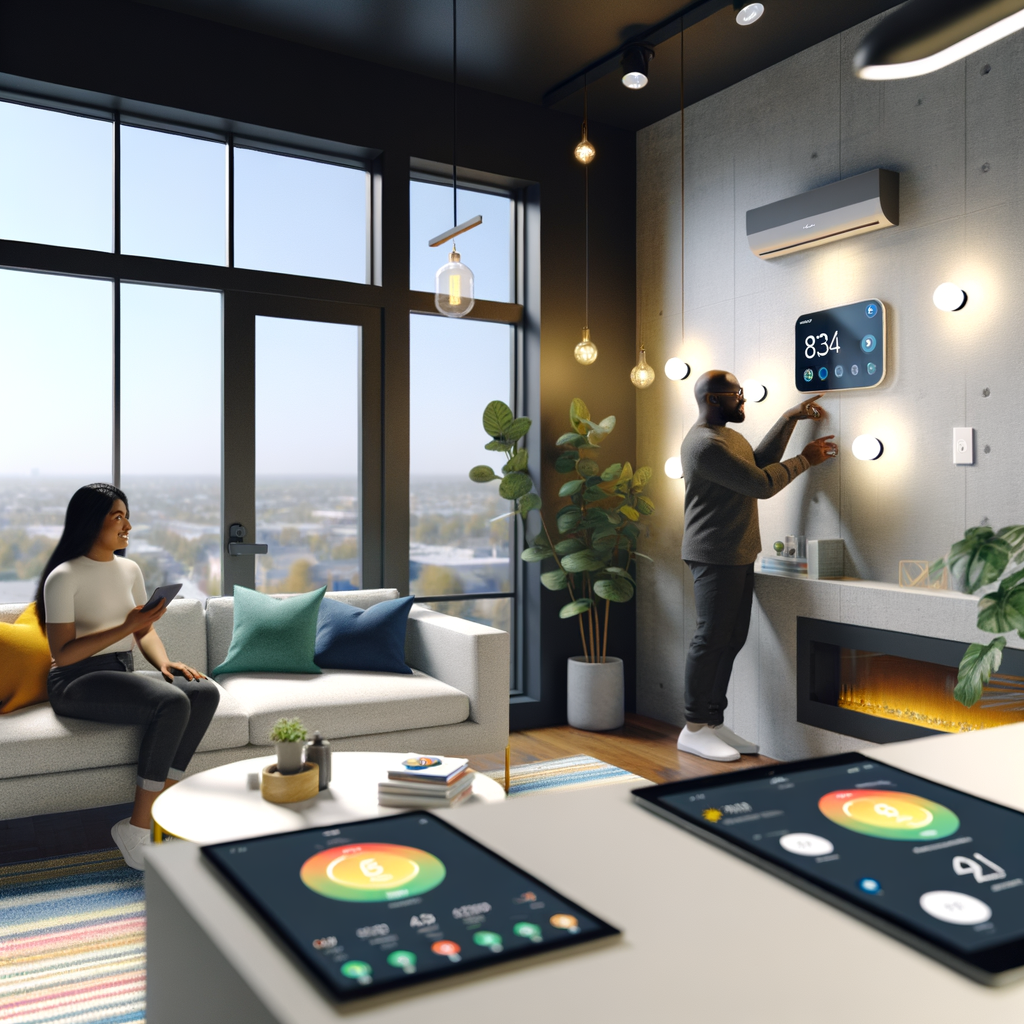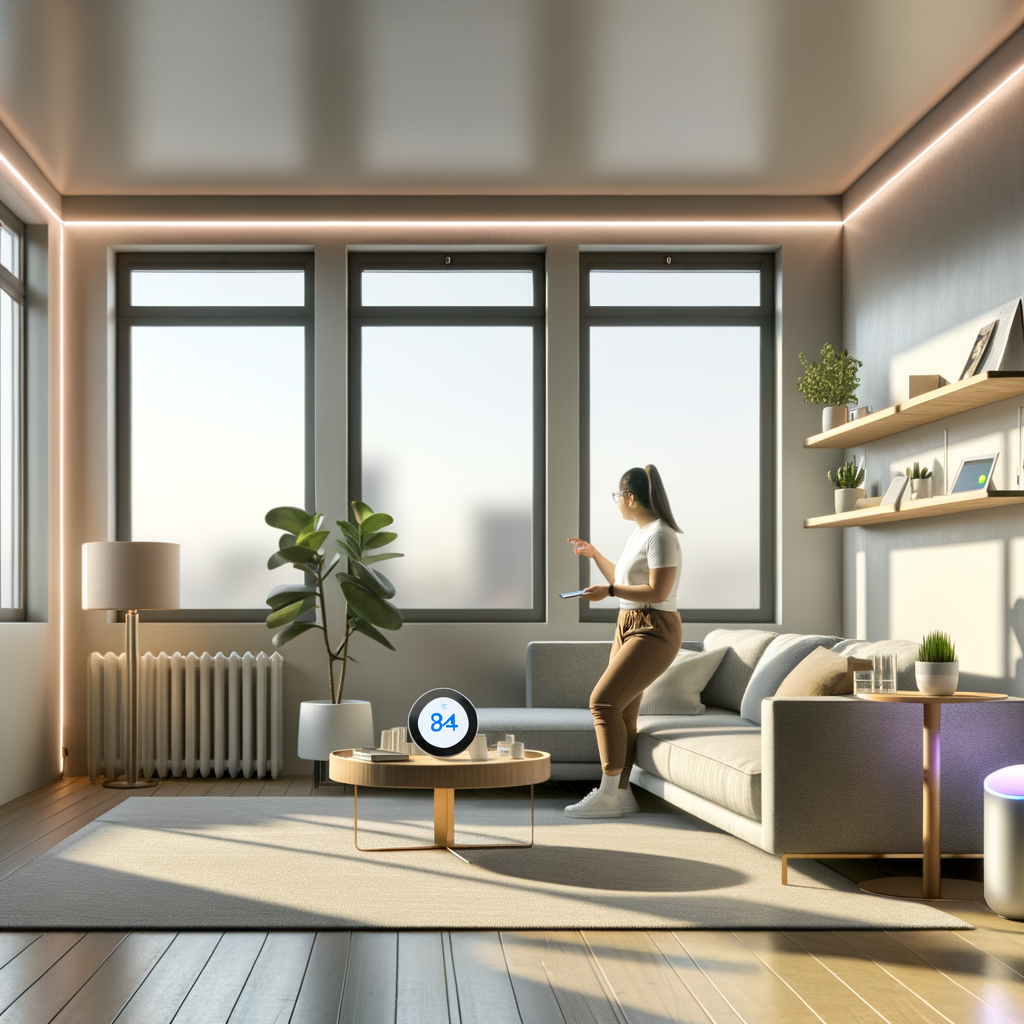Myth-Busting Smart Homes: 7 Common Misconceptions Renters Have About Eco-Friendly Tech
Eco-friendly smart home technology has never been more accessible. Yet, many renters remain hesitant, held back by outdated ideas and misconceptions. In 2024, it’s time to separate fact from fiction so you can make informed, sustainable decisions—without risking your security deposit.
This myth-busting guide will tackle the biggest misunderstandings renters have about eco-friendly smart home tech. We’ll break down what’s true, what’s not, and how you can start living greener, smarter, and more comfortably—no ownership required.
Why Smart Home Technology Matters for Renters
Renting shouldn’t mean missing out on the benefits of connected, energy-efficient living. In fact, smart home features offer more flexibility and control than ever before—all while helping you save on utility bills and reduce your carbon footprint.
- Lower utility costs: Smart plugs, thermostats, and lights can cut wasted energy.
- Greater comfort: Make climate adjustments and control lighting with your phone.
- No permanent installation required: Many devices are 100% rental-friendly.
Let’s debunk the common myths so you can confidently upgrade to a smarter, greener home—no strings attached.
7 Smart Home Myths Renters Need to Stop Believing
Myth #1: “Smart Home Tech Requires Drilling, Wiring, or Permanent Changes”
Many renters fear that smart devices will violate lease agreements because they require permanent installation or alterations. This simply isn’t true in most cases.
The reality:
- Most top-rated smart products are “plug-and-play.” Many simply plug into your outlets or use adhesive strips, requiring zero hardwiring or drilling.
- Wireless, battery-powered, and adhesive devices are designed with renters in mind—think smart plugs, sensors, and video doorbells that use removable mounting plates.
- Restoration is easy. If any minor changes are needed (like a screw for a wireless camera), they can typically be patched before moving out.
Smart move for renters:
- Opt for devices labeled “no installation required” or “renter-friendly.”
- Keep original packaging to make removal and restoration smooth at lease-end.
- Always review your lease and get landlord sign-off for anything that could leave a lasting mark.
Myth #2: “Eco-Friendly Tech Is Too Expensive for Renters”
Worried you need a huge budget to access smart home sustainability? Not anymore.
The reality:
- Entry-level smart products start under $30. Think smart plugs, LED bulbs, and water monitors.
- Savings add up over time. Reducing wasted energy and water can quickly offset upfront costs through lower bills.
- Bundled starter kits offer better value. Look for value packs or affordable “starter bundles” to kick off your smart home journey.
Budget-smart tips:
- Start small—one smart plug is enough to automate major appliances or your AC unit.
- Explore used, refurbished, or Amazon Renewed smart home gear for deeper savings.
- Share costs with roommates where possible.
Myth #3: “Smart Devices Don’t Really Save That Much Energy”
Can a smart plug really help the planet? Yes—when used properly!
The reality:
- Smart thermostats: Can trim up to 10% off heating and cooling costs with automated scheduling and occupancy-based adjustments.
- Smart plugs & strips: Cut “vampire draw” from electronics and appliances, which accounts for up to 10% of your electricity bill.
- Smart lighting: LED bulbs paired with motion sensors and scheduling can reduce lighting energy by 30% or more.
- Water-saving tech: Leak detectors and sensor faucets reduce both bills and waste.
Actionable steps:
- Set up simple automation: Have lights and appliances turn off when you leave home using geofencing.
- Review device reports: Most smart plugs and thermostats offer energy tracking—use the insights to adjust your settings for bigger savings.
- Focus on the biggest “energy vampires”—space heaters, window ACs, and entertainment systems.
Myth #4: “Smart Home Tech Is Too Complicated for Non-Techies”
If you can use a smartphone, you can handle today’s renter-friendly smart devices.
The reality:
- Modern smart devices offer plug-and-play setup and user-friendly apps.
- Voice assistants (like Alexa or Google Home) walk you through setup and daily operation.
- Most platforms offer dedicated support and simple tutorials.
Easy-start recommendations:
- Begin with a smart plug: Download the app, sync via Wi-Fi, and control with your phone or voice. No IT degree required!
- Try a smart bulb: These screw into existing fixtures and are controlled through easy-to-use apps or voice commands.
- Check manufacturer YouTube channels for step-by-step guides.
Myth #5: “You Need to Own Your Home to Use Smart Tech”
Smart home tech is not just for homeowners. In fact, tech brands are increasingly targeting renters.
The reality:
- Security and privacy controls: Most devices travel with you, so you can set up security on your terms.
- Wireless devices mean zero damage. You won’t leave a trace when you move out.
- Portability: Bring your investment with you to your next rental or even your first home purchase.
Practical advice:
- Choose devices that don’t require drilling or hard wiring (battery-powered cameras, sensors, and smart plugs).
- Register devices under your own accounts, not the landlord’s or roommates’.
- Ask about smart upgrades: If you love a device, see if your landlord is open to keeping it installed (they may even subsidize future smart upgrades for the unit).
Myth #6: “Smart Home Devices Are Security and Privacy Nightmares”
It’s true—cybersecurity and privacy matter. But eco-friendly smart home tech doesn’t need to be a risk.
The reality:
- Reputable brands use strong encryption and two-factor authentication. You control data sharing through each product’s app.
- Privacy controls: Most smart cameras or speakers allow you to turn off recording, audio, or store data locally.
- Guest networks: Set up a separate Wi-Fi network for smart devices to isolate them from personal computers and accounts.
Security best practices:
- Change default passwords and keep firmware updated.
- Research device privacy settings before you buy—look for brands with clear privacy policies and customizable options.
- Never connect your device to public or unsecured Wi-Fi networks.
Myth #7: “Smart Tech Is Bad for the Environment”
Smart gadgets use electricity and are made with raw materials. But their net impact can be positive when used wisely.
The reality:
- Energy and water saved by smart devices far exceeds the small amount of power they consume.
- Modern smart devices are increasingly repairable and recyclable.
- Some brands offer trade-in or recycling programs for old or broken gear, helping to close the loop.
Sustainable-smart upgrades:
- Choose Energy Star-certified smart devices whenever possible.
- Power devices via low-impact means (like solar chargers if possible).
- Recycle old electronics and use e-waste programs for any smart home upgrades.
Tips for Getting Started with Eco-Friendly Smart Home Tech—As a Renter
Ready to go greener and smarter without breaking your lease? Here are some practical, actionable ways to get started.




